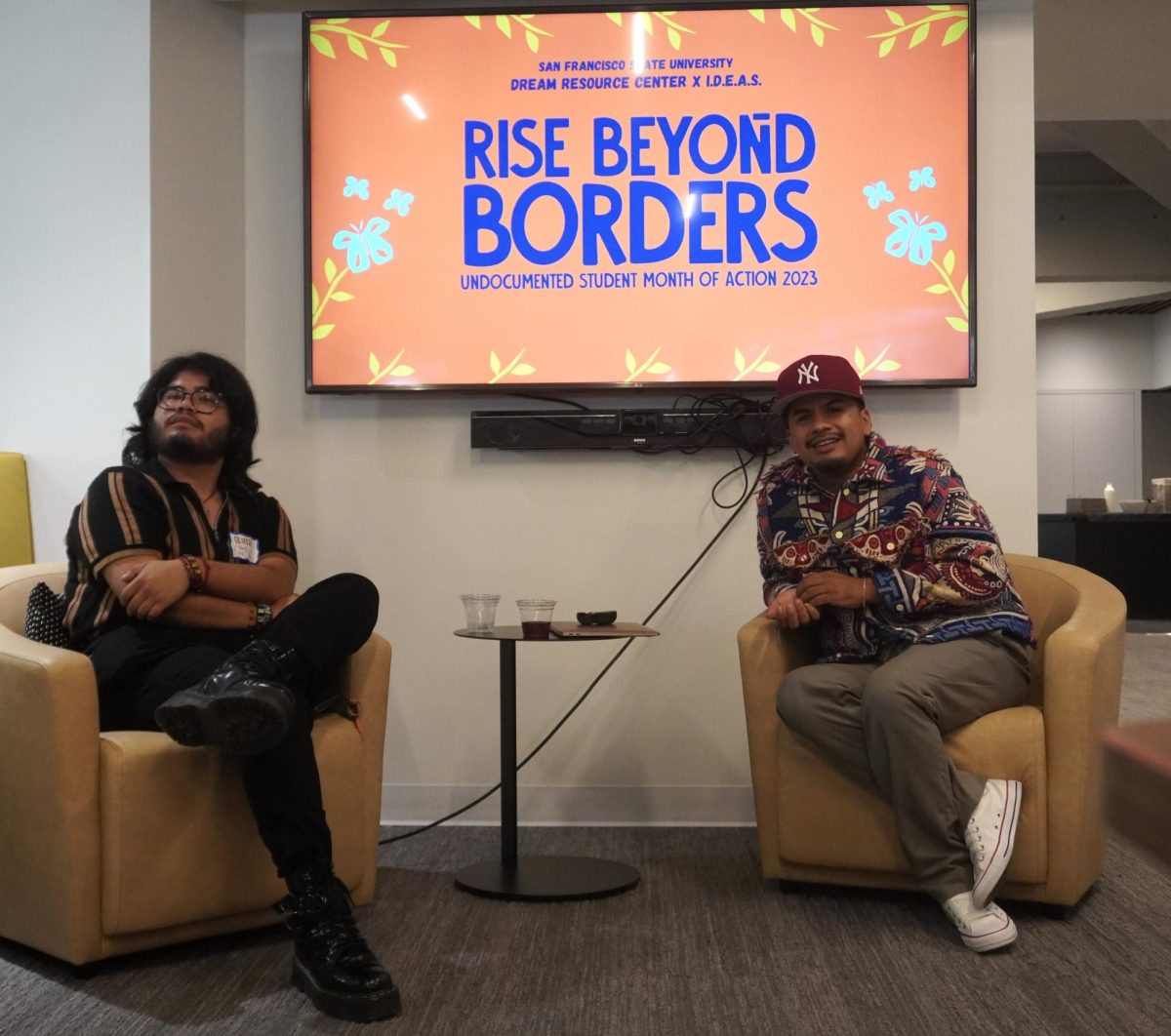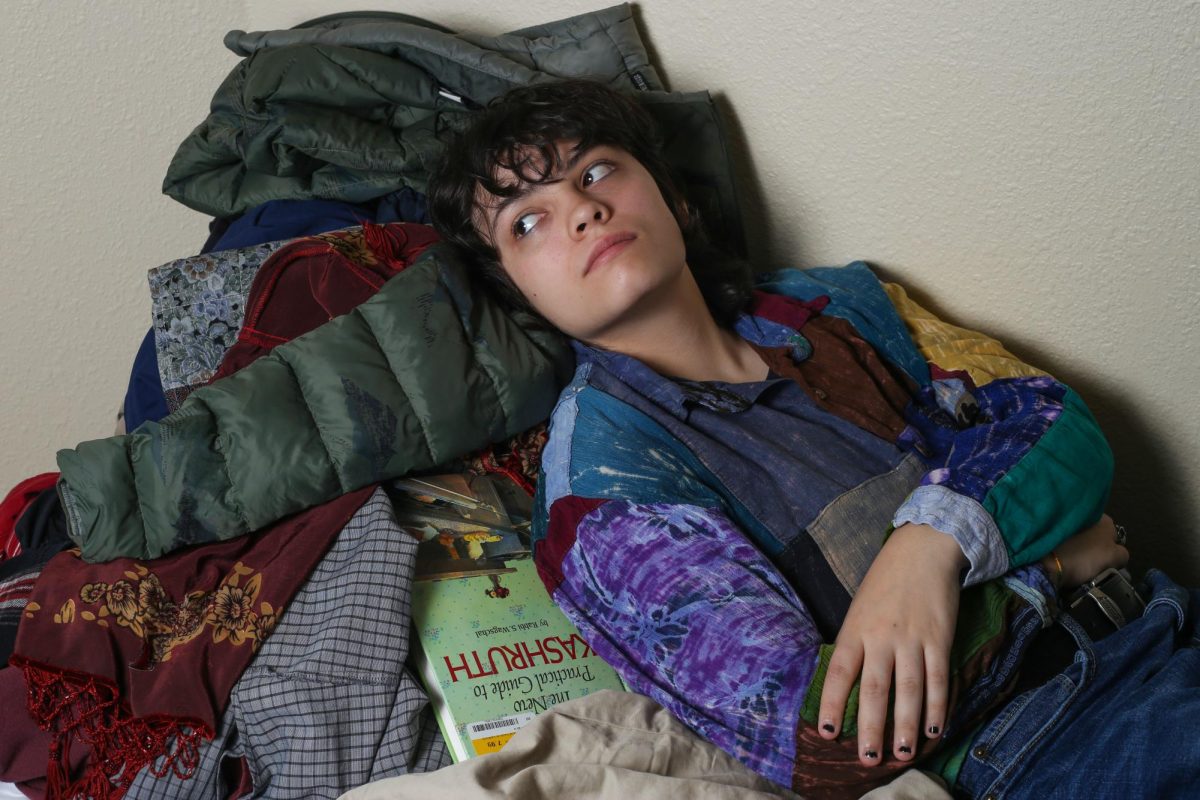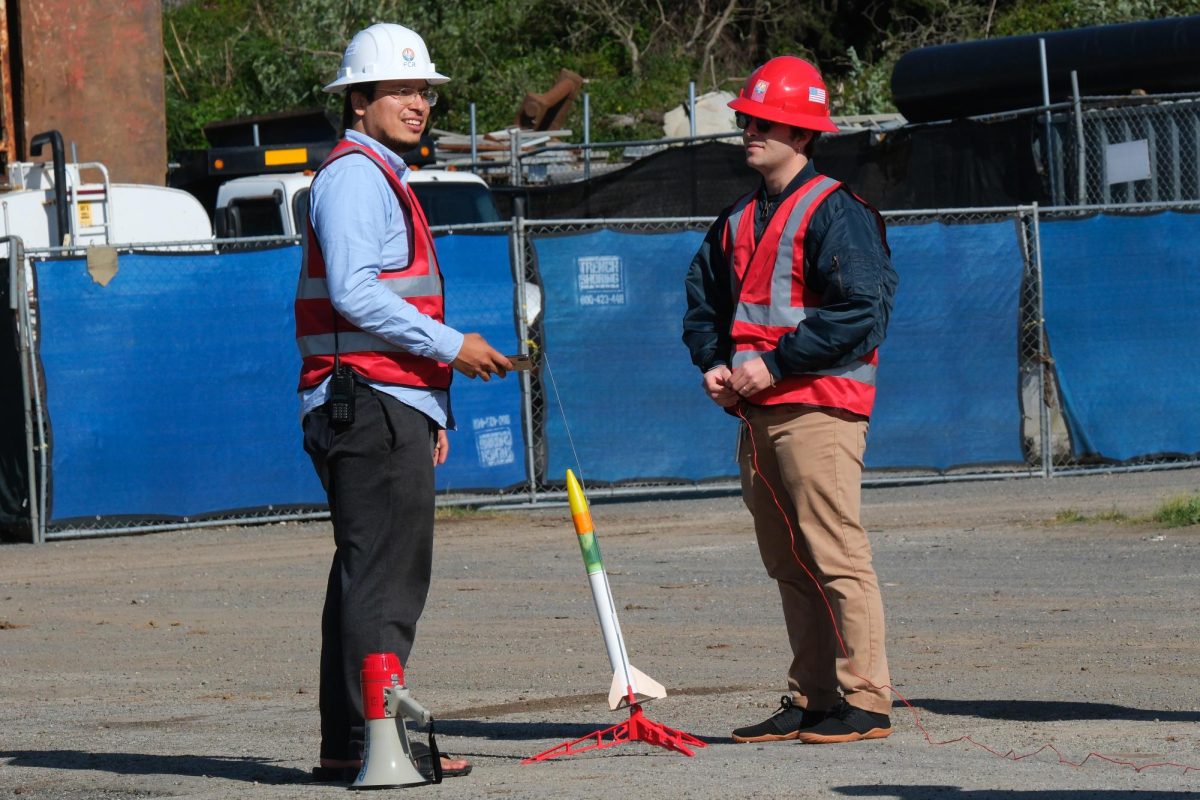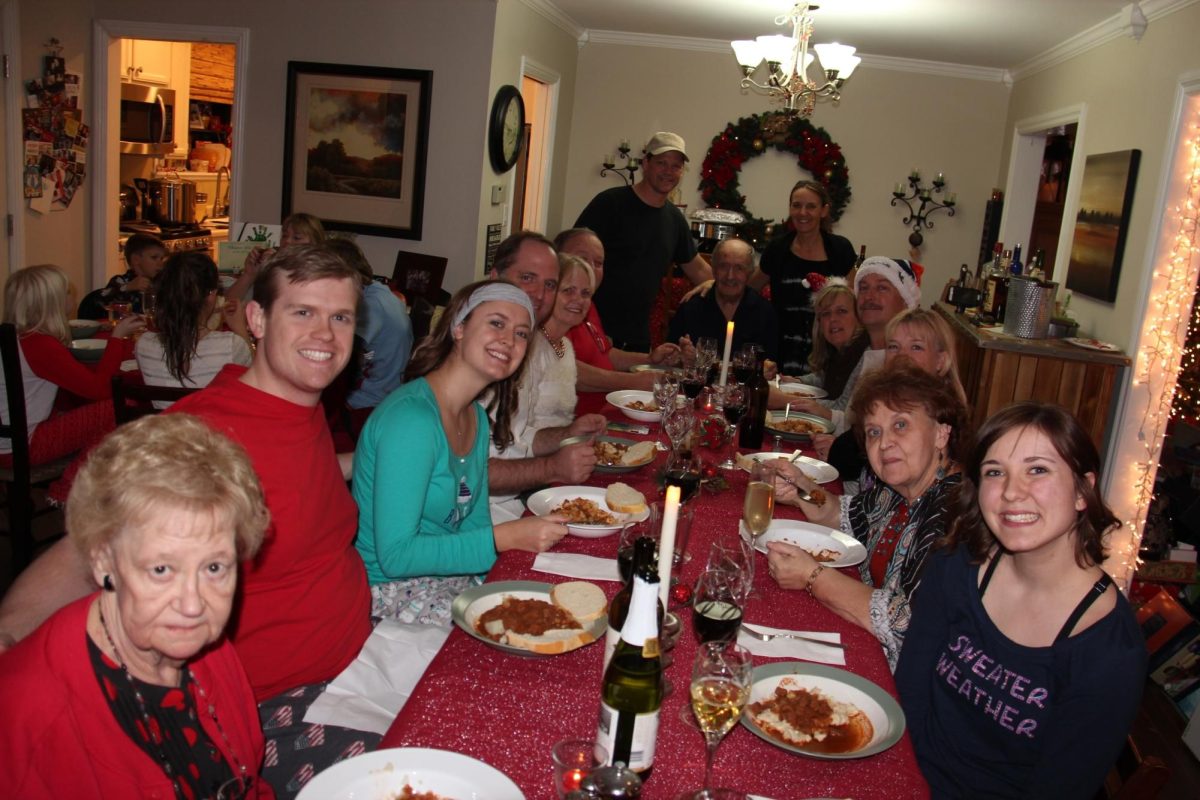It’s that time of year when high school seniors anxiously await their college acceptance letters, praying a fat envelope will soon arrive from the campus of their dreams.
But here in the Golden State, getting into college can be as expensive as it is gratifying. The average cost of a bachelor’s degree at the University of California is $29,200 a year, and $23,261 a year at a California State University. Students looking for cheaper four-year programs now have another option: community college.
Fifteen community college campuses across the state will now offer bachelor’s degrees in fields relating to healthcare, manufacturing and design. Two of those schools are in the Bay Area – Skyline College in San Bruno will offer a program in respiratory therapy, and Foothill College in Los Altos Hills will offer full certification for dental hygiene.
There is, however, one stipulation for the approved schools: they can’t offer the same bachelor’s degrees that are already available at any California State University. Despite this restriction, people are attracted to the low cost of these new programs.
“I think it’s a good idea because it would be cheaper,” says Sara Gharehgoozli, a biochemistry student at the Community College of San Francisco.
But some students associate cheap tuition with a lower-quality education, claiming they would get what they pay for.
“It would be cheaper, but there are not enough resources here,” says Victor Rosales, a 27-year-old business major at CCSF.
As one of California’s three levels of higher education, community colleges have traditionally been where students complete their general education before transferring to a four-year institution or receiving an associate’s degree. The State schools and University of California campuses, however, carry greater prestige that some students, such as Nick Franjenberg, are willing to pay for straight out of high school.
Franjenberg goes to Lick Wildmerding High School, which forced all its students out onto the front lawn Wednesday after receiving a bomb threat. Excited chatter stretched down the street that separates the campus from CCSF, and idle gossip soon turned into absurd rumors about Russian extremists attacking school.
“I heard it was Putin himself,” Franjenberg jokes.
While enjoying the fresh air and staring at the college campus next door, the 17-year-old student says it wouldn’t be the first pick for his upcoming four-year adventure. He says after all the time spent sitting in high school just across the street, community college doesn’t fit his definition of higher education. The reputation of these schools is perhaps the biggest obstacle they must overcome before the public takes their new four-year degrees seriously.
“I guess I would go [to CCSF] if I didn’t get into college,” Franjenberg says.








